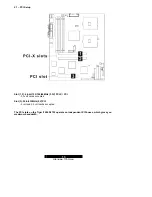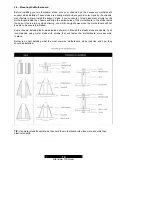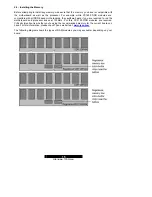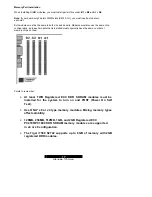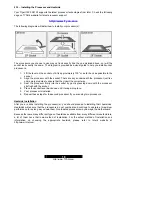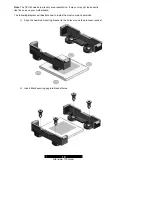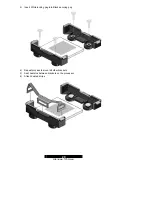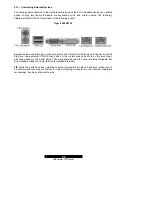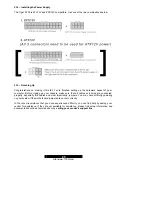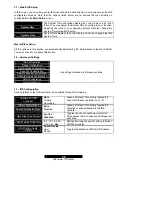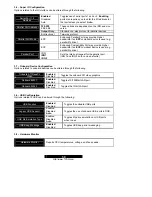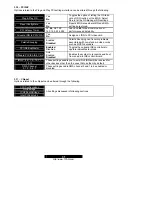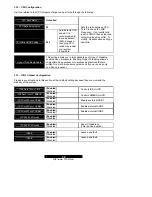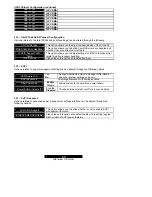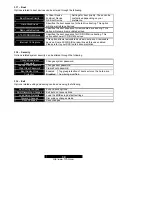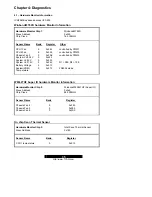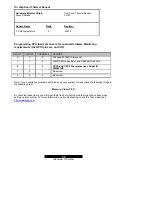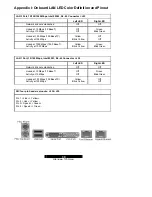
26
http://www.TYAN.com
Chapter 3: BIOS Setup
Installation
The BIOS is the basic input/output system, the firmware on the motherboard that enables your
hardware to interface with your software. This chapter describes different settings for the BIOS
that can be used to configure your system.
The BIOS section of this manual is subject to change without notice and is provided for reference
purposes only. The settings and configurations of the BIOS are current at the time of print, and
therefore may not match exactly what is displayed on screen.
This section describes the BIOS setup program. The setup program lets you modify basic
configuration settings. The settings are then stored in a dedicated, battery- backed memory (called
NVRAM) that retains the information when the power is turned off.
This motherboard’s BIOS is a customized version of the industry -standard BIOS for IBM x86-
compatible personal computers. The BIOS provides critical, low -level support for the system’s
central processing unit (CPU), memory, and I/O subsystems.
This BIOS has been customized by adding important features such as virus and password
protection, power management, and chipset “tuning” fe atures that control the system. This section
will guide you through the process of configuring the BIOS for your system setup.
Starting Setup
The BIOS is immediately activated when you turn on the computer. The BIOS reads system
configuration in CMOS RAM and begins the process of checking out the system and configuring it
through the Power-On-Self-Test (POST).
When these preliminary tests are complete, the BIOS searches for an operating system on one of
the system’s data storage devices (hard drive, CD -ROM, etc). If one is found, the BIOS will launch
that operating system and hand control over to it. You can enter the BIOS setup by pressing the
[
Delete
] key when the machine boots up and begins to show the memory count.


